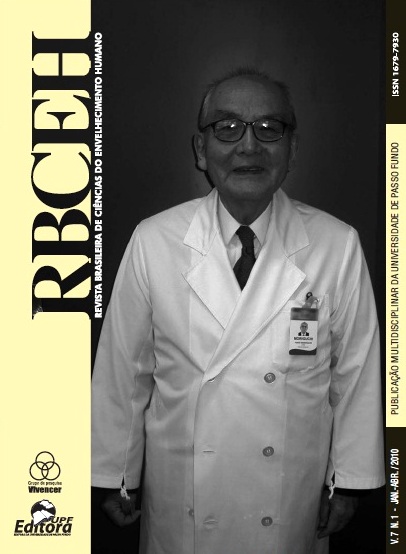Networks self-service banking and the elderly: what are the characteristics of ATMS that determine its rejection
DOI:
https://doi.org/10.5335/rbceh.v7i1.562Keywords:
auto-atendimento bancário, idosos, instituições financeirasAbstract
This paper discusses the evolution of selfservice banking in the Brazilian financial system related with challenges in the use of ATMs by the elderly. The aim of this study was to investigate the characteristics of self-service banking that relate to the various difficulties encountered in the operation of ATM machines for the elderly. The methodology used for this study consisted of literature searches on ATMs machine and on the elderly and their lifestyle. Field research was conducted on existing ATMs inside a bank branch in central Sao Paulo, days and times of high concentration of elderly, retired from the National Institute of Social Security (INSS). Consisted of a questionnaire in two phases. The first, with five questions, was designed to define the final research instrument composed of 15 questions. The research in this study resulted in better understanding on some issues initially raised and indications which may help future studies, aiming to improve the operation of ATMs. Overall, it was evident that the elderly have been conquered by the self-service.Downloads
Download data is not yet available.
Downloads
Published
2011-01-03
Issue
Section
Artigos Originais
License

Todos os artigos estão licenciados com a licença Creative Commons Atribuição-NãoComercial-SemDerivações 4.0 Internacional. A Revista é detentora do Copyright.
How to Cite
Networks self-service banking and the elderly: what are the characteristics of ATMS that determine its rejection. (2011). Revista Brasileira De Ciências Do Envelhecimento Humano, 7(1). https://doi.org/10.5335/rbceh.v7i1.562




